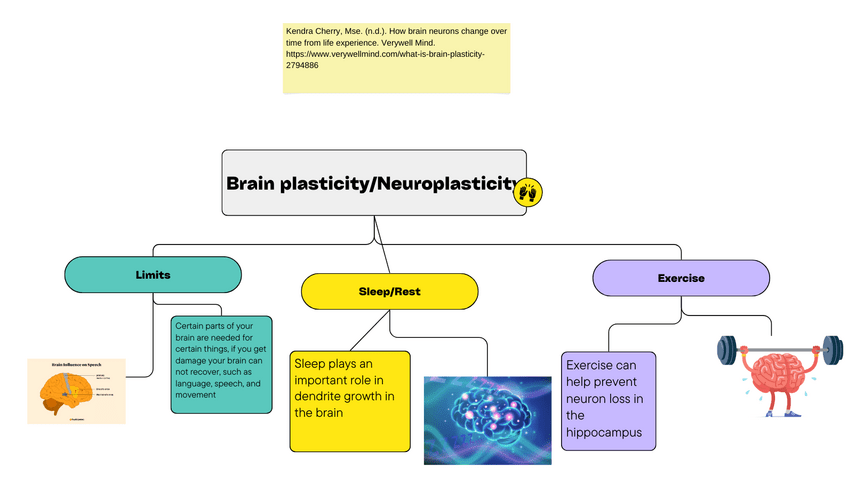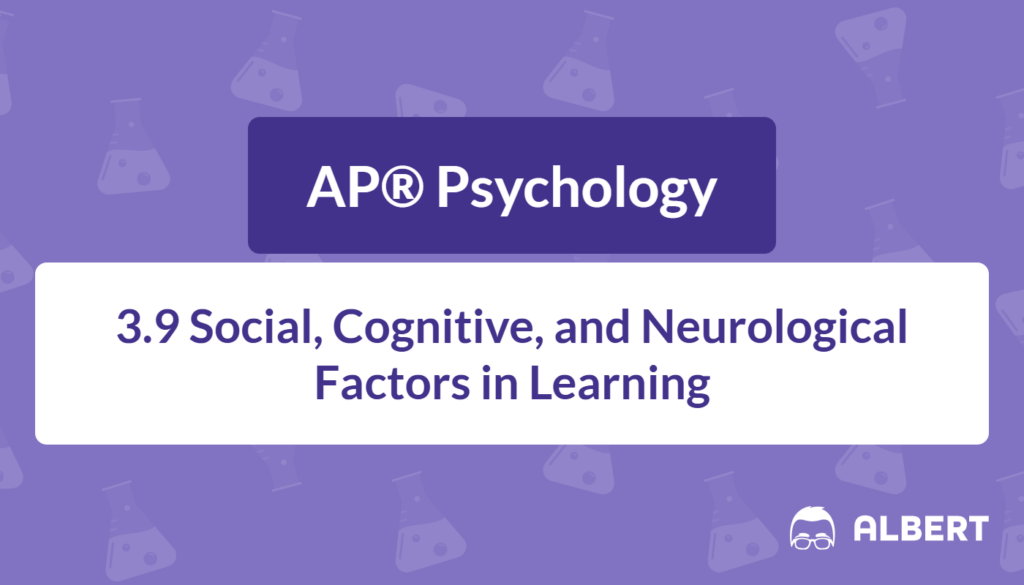What We Review
Learning theory explores how human beings acquire, process, and retain knowledge. This field is important because it helps explain how behaviors, thoughts, and emotions develop over time. In many subjects, including physics, understanding how new information is learned and retained can greatly improve teaching methods and study habits.
This article focuses on three main factors that shape how learning occurs:
- Social (involving observation and interaction)
- Cognitive (involving mental processing)
- Neurological (involving the brain’s physical changes)
These factors work together to influence behavior and mental processes. Therefore, examining each one in more detail can bring clarity to how students learn effectively.
Social Learning Theory
What is Social Learning Theory?
Social learning theory proposes that learning happens by observing and imitating others. This framework, often credited to psychologist Albert Bandura, emphasizes the role of watching models in one’s environment. Students can pick up new behaviors by seeing how others act and by noticing whether those actions are rewarded or punished. As a result, they may avoid certain actions or mimic them, depending on the observed outcome.
Because social learning does not require someone to experience the consequence firsthand, it offers a powerful way to learn quickly. However, it also means the people in one’s environment can significantly influence behavior and development.
Key Principles of Social Learning
- Vicarious conditioning: Learning occurs by observing the positive or negative outcomes for someone else. If a model is rewarded, the observer is more likely to imitate that behavior.
- Role of similarity in models: Watching a person who shares traits, such as age or interests, makes the observer more inclined to imitate that behavior.
- Environmental influences: Family, peers, and media can demonstrate behaviors that shape how someone interprets and responds to certain situations.
Example: Observational Learning in Action
Suppose two students, Maya and David, are in a physics lab. Maya successfully completes a challenging experiment while David watches. David notices that the teacher praises Maya for her careful approach.
Step-by-Step Explanation:
- David observes Maya setting up the equipment properly.
- David pays attention to how she adjusts variables carefully.
- David sees the teacher’s positive feedback when Maya finishes.
- David stores this memory of Maya’s method and reward in his mind.
- David attempts the experiment and follows Maya’s technique because he wants similar praise from the teacher.
In this example, no direct reinforcement was given to David, yet he learned from Maya’s experience. This illustrates how social learning can occur by simply watching others succeed or fail.
Cognitive Processes in Learning
Cognitive factors in learning focus on mental activities such as thinking, problem-solving, and reasoning. These processes influence how people understand, store, and remember information. Two forms of cognitive learning—insight learning and latent learning—offer valuable perspectives on how individuals process new material.
Understanding Insight Learning
Insight learning happens when a solution to a problem appears suddenly, without obvious trial-and-error. Unlike learning that relies on repeated practice and correction, insight learning can feel like a sudden “a-ha” moment.
For instance, when solving a difficult puzzle, a person may struggle for a while, then realize a simple trick or perspective that immediately solves the problem. Insight learning does not depend on seeing a model perform the task or on receiving a direct reward. Instead, it arises from a sudden internal understanding of how different elements relate.
Example: Insight Learning Scenario
Imagine a student, Alex, trying to figure out how to measure the height of a tall building using only a pendulum. Initially, Alex tries measuring time in a straightforward way but finds it complicated. Suddenly, Alex recalls that the period of a pendulum depends on the length of its string and the gravitational field, not directly on the building’s height.
Step-by-Step Problem-Solving:
- Alex becomes stuck trying to measure the height directly.
- Alex remembers the formula for a pendulum’s period, T = 2\pi \sqrt{\frac{L}{g}}, where T is the period, L is the pendulum length, and g is gravitational acceleration.
- Alex realizes that dropping the pendulum from the top and timing how long it takes to reach the ground could be more effective than swinging it.
- Insight strikes: Alex sees that the height, h, can be found from the motion equation h = \frac{1}{2}gt^2.
- By measuring the drop time t, Alex can calculate the building’s height in a single step.
This sudden shift in perspective exemplifies insight learning, where the learner grasps the relationship between concepts without repeated trial-and-error or direct instruction.
Exploring Latent Learning
Latent learning occurs when information is acquired, even though there is no immediate need to use or demonstrate that knowledge. The information remains hidden or “latent” until a situation requires it. Once the learner encounters a reason or motivation to apply the knowledge, the learning becomes visible.
This principle contrasts with learning that is immediately tested or rewarded. Even if a student does not show understanding of a concept right away, that knowledge may still exist in the mind.
Example: Cognitive Maps in Latent Learning
Consider a new student, Sarah, navigating a large school building. While walking around with friends, Sarah notices various hallways, classrooms, and exits without trying to memorize them. Several days later, when Sarah needs to reach a particular room quickly, she is able to recall the halls even though she never practiced that route.
Step-by-Step Explanation:
- Sarah casually walks around school with friends.
- Sarah sees familiar signs but does not focus on learning them.
- Over time, Sarah develops a mental map of the layout.
- One day, she needs to find the art room in a hurry.
- Sarah uses her mental representation (cognitive map) to reach the destination without any explicit practice beforehand.
This scenario demonstrates latent learning. Sarah unknowingly gathered information about the environment, which she later used when the need arose.
Neurological Factors in Learning
While social and cognitive factors explain why and how people learn, the brain is the control center that physically processes all incoming information. Neurological factors focus on how neural connections and structures change when learning takes place.
The Brain’s Role in Learning
The human brain is composed of billions of neurons that communicate through electrical and chemical signals. Whenever a new idea or skill is learned, connections among neurons can be strengthened, pruned, or reorganized. These adjustments form the foundation for retaining information, forming new habits, and recalling past events.
When students study effectively, neural pathways become more efficient. However, if a student passively skims over material, the brain does not form the same strong connections, making long-term retention more challenging.
Understanding Neuroplasticity
Neuroplasticity is the brain’s ability to adapt and reorganize itself by forming new neural pathways. This process is especially dynamic during childhood, but it continues throughout life. Experiences, such as practicing a musical instrument, learning a new language, or exploring advanced physics concepts, all shape the brain’s structure. As a result, repeated use of certain neural circuits strengthens them, making tasks faster and more automatic.

Example: Neuroplasticity in Action
A high school student, Emily, decides to learn to play the guitar. At first, her fingers feel clumsy, and she struggles to remember chord shapes. After consistent practice, Emily notices improvement.
Step-by-Step Process:
- Emily creates a routine of daily guitar practice.
- Her brain forms new connections that relate finger positions to particular chords.
- Over time, these neural pathways become stronger and more efficient.
- Emily can switch chords quickly with little mental effort due to repeated practice.
- Through neuroplasticity, Emily’s motor skills improve, and she retains the ability permanently.
This progression underscores how the physical structure of the brain changes over time, leading to mastered skills that once seemed difficult.
Quick Reference Chart: Key Vocabulary and Definitions
| Vocabulary | Definition |
| Social Learning Theory | A theory that proposes learning occurs through observation and imitation. |
| Vicarious Conditioning | Learning that occurs by observing the consequences of others’ actions. |
| Insight Learning | A type of learning where the solution to a problem occurs suddenly and without trial-and-error. |
| Latent Learning | Learning that happens without immediate reinforcement or demonstration but is revealed later. |
| Cognitive Map | A mental representation of one’s physical environment or knowledge. |
| Neuroplasticity | The brain’s ability to reorganize itself by forming new neural connections. |
Conclusion
Social, cognitive, and neurological factors each contribute unique insights into learning. Social learning highlights the power of observation, making the environment and models crucial. Cognitive processes demonstrate how problem-solving can result from sudden insight or hidden knowledge that emerges later. Neurological studies reveal that learning physically reshapes the brain, ensuring that practice and repetition have a concrete effect.
Recognizing these factors builds a deeper understanding of how students acquire knowledge. It also encourages effective study habits, thoughtful teaching strategies, and a focus on shaping positive learning environments.
Sharpen Your Skills for AP® Psychology
Are you preparing for the AP® Psychology test? We’ve got you covered! Try our review articles designed to help you confidently tackle real-world AP® Psychology problems. You’ll find everything you need to succeed, from quick tips to detailed strategies. Start exploring now!
- Classical Conditioning Psychology: AP® Psychology Review
- What is Operant Conditioning: AP® Psychology Review
- What is Cognitive Development: AP® Psychology Review
Need help preparing for your AP® Psychology exam?
Albert has hundreds of AP® Psychology practice questions, free response, and full-length practice tests to try out.








